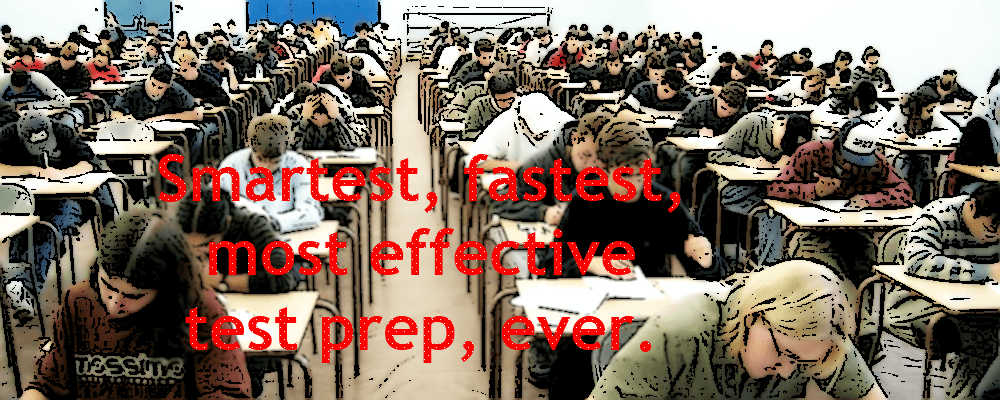Math
Pre-Algebra: whole numbers, decimals, fractions and integers, place value, square roots and approximations, exponents, scientific notation, factors, ratio, proportion and percentage, linear equations in one variable, absolute value and ordering numbers by value, elementary counting techniques and simple probability, data collection, representation and interpretation, and descriptive statistics.
Elementary Algebra: exponents and square roots, evaluation of algebraic expressions through substitution, using variables to express functional relationships, understanding algebraic operations and quadratic equations solution by factoring.
Intermediate Algebra: quadratic equations formula, rational and radical expressions, absolute value equations and inequalities, sequences and patterns, systems of equations, quadratic inequalities, functions, modeling, matrices, roots of polynomials and complex numbers.
Coordinate Geometry: graphing and the relations between equations and graphs, including points, lines, polynomials, circles and other curves; graphing inequalities; slope; parallel and perpendicular lines; distance; midpoints; and conics.
Planar Geometry: properties and relations of plane figures, including angles and relations among perpendicular and parallel lines; properties of circles, triangles, rectangles, parallelograms, and trapezoids; transformations; the concept of proof and proof techniques; volume; and applications of geometry to three dimensions.
Trigonometry: relations in right triangles; values and properties of trigonometric functions; graphing trigonometric functions; modeling using trigonometric functions; trigonometric identities and solving trigonometric equations.
Reading
Referring and Reasoning skills: determining main ideas, locating and interpreting significant details, understanding sequences of events, making comparisons, comprehending cause-effect relationships, determining the meaning of context-dependent words, phrases, and statements, drawing generalizations, analyzing the author’s or narrator’s voice and method.
English
English Grammar: punctuation, grammar and usage, sentence structure, strategy, organization, and style.
Punctuation: internal and end-of-sentence punctuation, with emphasis on the relationship of punctuation to meaning (for example, avoiding ambiguity, indicating appositives).
Grammar and Usage: agreement between subject and verb, between pronoun and antecedent, and between modifiers and the word modified; verb formation; pronoun case; formation of comparative and superlative adjectives and adverbs; and idiomatic usage.
Sentence Structure: relationships between and among clauses, placement of modifiers, and shifts in construction.
Strategy: choosing expressions appropriate to an essay’s audience and purpose; judging the effect of adding, revising, or deleting supporting material; and judging the relevance of statements in context.
Organization: organize ideas and choose effective opening, transitional, and closing sentences.
Style: choose precise and appropriate words and images, maintain the level of style and tone in an essay, manage sentence elements for rhetorical effectiveness, and avoid ambiguous pronoun references, wordiness, and redundancy.
Science
Very basic knowledge of biology, chemistry, physics, geology, astronomy, meteorology, etc. Scientific reasoning skills.
Data Representation: graphic and tabular material, graph reading, interpretation of scatter plots and interpretation of information presented in tables.
Research Summaries: design of experiments and the interpretation of experimental results.
Conflicting Viewpoints: understanding, analysis, and comparison of alternative viewpoints or hypotheses.
Writing
Writing skills.

